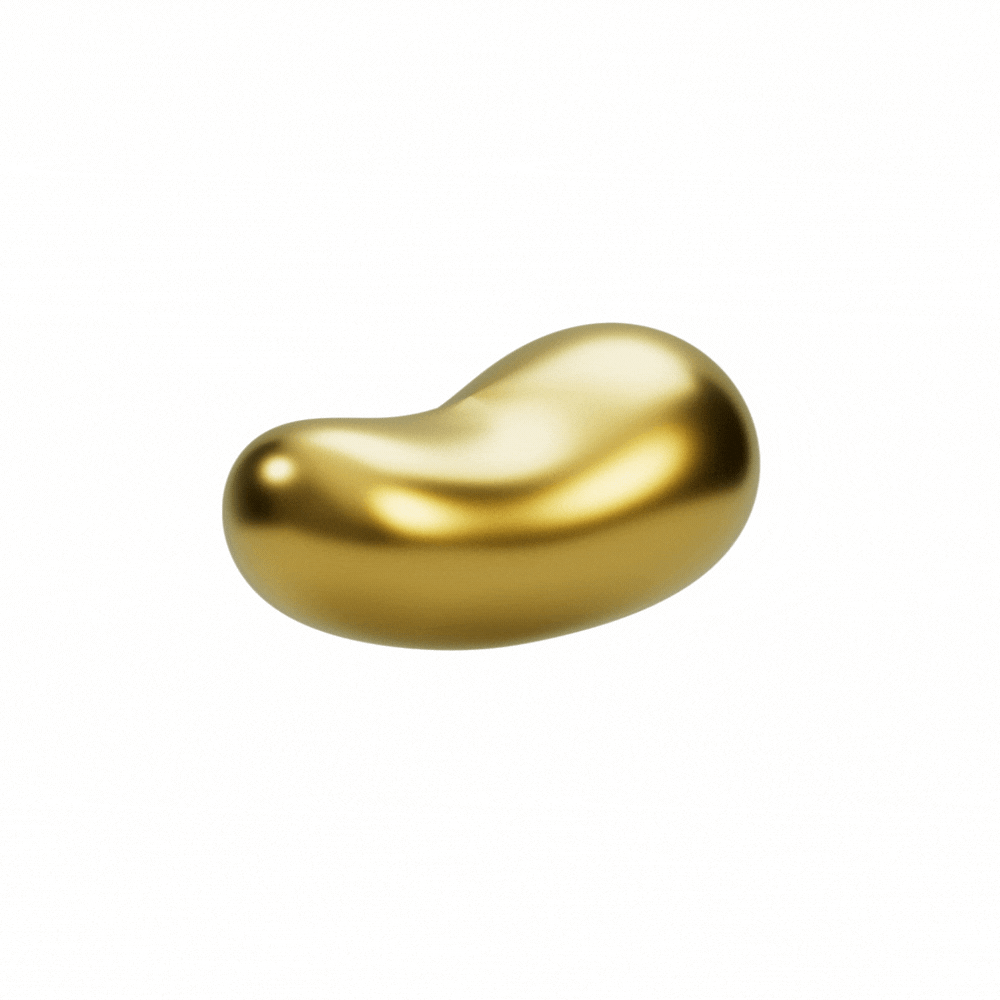Andrew Leventis
Andrew Leventis makes meticulously detailed oil paintings of contemporary vanitas, a motif popularized in early still life in which food, flowers, and other perishable objects represent the fleeting nature of life and the passing of time. Leventis received an MFA in Fine Arts from Goldsmiths College, University of London, and an MA in Fine Art from Wimbledon College of Art, University of the Arts London. He earned a Bachelor of Fine Art in Painting from the American Academy of Art, Chicago. He has exhibited internationally at museums and galleries, most recently at the Museum of Contemporary Art, Krakow, Poland (2024); Novilla, Berlin (2023) the Mint Museum Uptown, Charlotte, NC (2022); the Venice Arsenale, Italy (2021); and York Art Gallery, UK (2021). Leventis’ work is represented by SOCO Gallery. He lives and works in Charlotte, North Carolina.
Collect Bean: What does growth mean to you?
Andrew Leventis: To me, growth means gaining experience through taking on challenges and risks in your work.
Collect Bean: How has your work evolved?
Andrew Leventis: In art school, I set out to paint the human figure, but over the next 10 years, I became interested in still life. I never would have imagined in a million years that I would focus on still life, because in art school, still life was such a boring subject matter, and I really thought of it as a subject for beginners. Our Painting 1 professor would set up a still life of plastic fruit or the classic - chairs stacked upside down and we were meant to paint it before we moved on to figure or some more masterful subject matter in the upper-level classes. Looking back, I realize I just needed to see more art, to see how philosophically rich early and modern still life could be. It’s the basis of everything that our lives are centered on.
Collect Bean: What does an ideal day in your studio look like?
Andrew Leventis: My studio days are different in the summer than when I’m teaching during the semester. In summer, I wake up – the cats wake me up actually – at 6:30am. I make coffee, turn on a podcast and paint. I have lunch around noon, and then I paint more. I try to leave the late afternoon open for tennis, and for my partner and cats. I try to treat my studio practice like a full-time job, so I generally paint about 8 hours a day. During the school year, I’m always working around classes. I’ve learned to work on the same days that I teach, but that’s only come with experience. In the early days, I struggled to go from one headspace to the other, where you go from analyzing other people’s work to analyzing your own. It can be tricky. But I’ve learned to work better in the short time slots that I have as I’ve gained more experience.
Collect Bean: Where are you currently finding inspiration?
Andrew Leventis: I’m inspired by the 16th and 17th century Dutch Vanitas tradition in early still life painting, in which fruit flowers, and other perishable items speak to the fleeting nature of life and the passage of time. Vanitas paintings are microcosms of objects that symbolize paradise before and after the fall, so flowers are in bloom, but they are also beginning to wilt, fruit is ripe, but rotting. I’m also influenced by a lot of historical and contemporary painters. I often refer to Dutch still life flower painters Ambrosius Bosschaert and Clara Peeters when I’m planning my paintings. I also love contemporary painter Cindy Wright’s Nature Morte series, which are beautiful, yet gristly at the same time.
Collect Bean: What does your painting process look like from start to finish?
Andrew Leventis: My process is to fully draw the composition onto the canvas, and then develop the painting through several layers of thick, and at times, thin layers of paint. I try to start with a set plan, and then usually watch with dismay as it goes a bit off the rails. Just about every painting I’ve ever made goes through stages of development where it looks like a disaster. I would like to have a set plan, but have never been able to find a nice, tidy way of executing a painting. I feel like my approach to each one is a little different, and I try to avoid set formulas that may cause the work to look too formulaic or mechanical.

